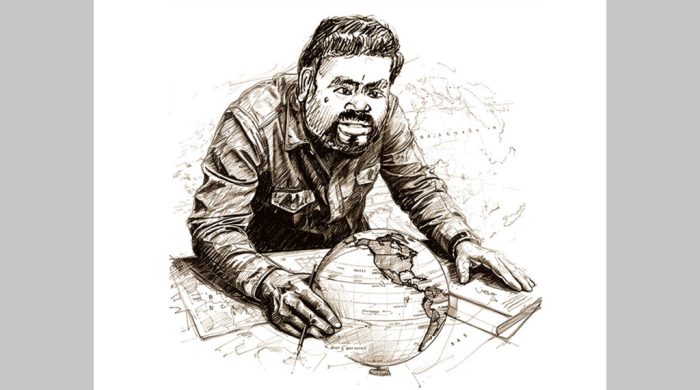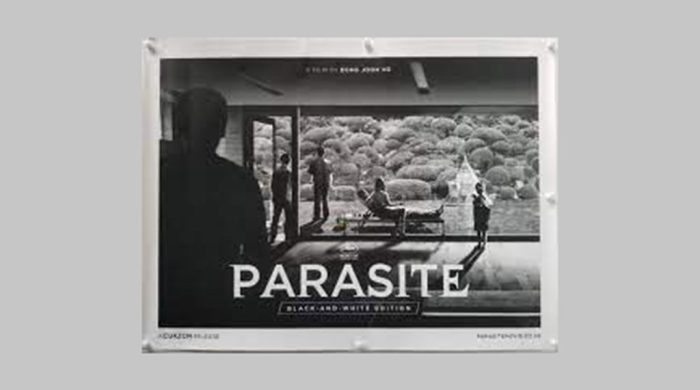Nobel Prizes in Science 2021: Observations and Thoughts

- Update Time : Sunday, October 10, 2021
- 123 Time View

On 4-6 October, 2021 Nobel Committee in Sweden has decided to award the Nobel Prizes in Physics, Chemistry and Medicine to scientists whose discovery has satisfied the Alfred Nobel’s wish, which is to offer prizes ‘for the greatest benefit of mankind’ and award it globally.
In Physics, Syukuro Manabe from Princeton University, USA, Klaus Hasselmann from Max Planck Institute for Meteorology, Hamburg, Germany and Giorgio Parisi from Sapienza University of Rome, Italy have been awarded the prize. Manabe, Hasselmann and Parisi were born in Japan, Germany and Italy respectively. According to the Royal Swedish Academy of Sciences, Manabe and Hasselmann will receive half of the prize for “the physical modelling of Earth’s climate, quantifying variability and reliably predicting global warming”. Other half of the prize will be received by Parisi for “the discovery of the interplay of disorder and fluctuations in physical systems from atomic to planetary scales”. In a nutshell three Physics laureates have made contributions to our understanding of the complex physical system.
The prediction of the behaviour of a complex system such as climate and finding out a method for doing this are of paramount importance in science. Manabe chose atmosphere as a complex system for his work and demonstrated how increased levels of carbon dioxide in the atmosphere leads to increased temperatures at the surface of the Earth. He was the first person to develop a physical model of the climate and show the interaction between radiation balance and the transport of air masses. Idea of such interaction was originally mentioned by Swedish scientist Svante Arrhenius, but did not go further to develop a climate model for it. Manabe’s work has laid the foundation for the development of current complex climate models. However, German Physicist Hasselmann developed Manabe’s 1960s work further, created a model linking weather and climate together and demonstrated that the chaotic weather pattern can be accommodated within the climate model. Hasselmann also showed that the imprint of both the natural phenomena and human activities can be identified from the specific signal and fingerprints. Hasselmann’s method suggested that the increased temperature in the atmosphere is due to human emissions of carbon dioxide. However, he also mentioned the variability of the developed model and uncertainties attached to it.
On the other hand, Giorgio Parisi in 1980s discovered hidden patterns in disordered complex materials. Parisi’s pattern recognition method in complex system has now become a separate subject that is used extensively in different areas of research such as machine learning, biology and neuroscience. In my own research work, I have used extensively pattern recognition such as self organising map to understand the pollutant behaviour in atmosphere.
In Chemistry, Benjamin List from Max-Planck-Institute, Germany and David W.C. MacMillan from Princeton University, USA have been awarded the prize. List and Macmillan were born in Germany and the United Kingdom respectively. According to the Royal Swedish Academy of Sciences, List and Macmillan share the Nobel Prize for “the development of asymmetric organocatalysis”.
Scientists believed for a long time that there are two types of catalysts, metals and enzymes, available for reaction. But in 2000 Macmillan and List separately developed a third type of catalysis known as asymmetric organocatalysis such as L-Proline. These catalysts are environment friendly and cheap to produce. Many chemical reactions can be carried out using these organocatalysists. With the new invention, researchers will be capable of developing new pharmaceuticals to molecules that can capture light in solar cells using these new types of catalysts.
In Physiology or Medicine, the Nobel Assembly at the Karolinska Institute has decided to award Nobel Prize jointly to David Julius working at the University of California, San Francisco, USA and Ardem Patapoutian working at Scripps Research in La Jolla, California, USA, for their discoveries of receptors for temperature and touch. Julius and Patapoutian were born in the USA and Lebanon respectively.
In the 17th century, the philosopher René Descartes mentioned some threads connecting different parts of the skin with the brain. Philosopher Descartes’ imagination has instigated this year Nobel laureate in Medicine. So, they started investigating the question- how are temperature and mechanical stimuli converted into electrical impulses in the nervous system?
David Julius and his team started with questions about receptors for heat and pain. They turned to capsaicin, the compound that causes us to experience a burning sensation when we eat chilli peppers. Julius team screened million of DNA fragments for a gene that could induce a response from chilli peppers and identified a gene that allows cells to sense capsaicin. It encoded a novel ion channel protein that discovered by Julius and his team could be activated by hot temperature perceived as painful. While the mechanisms for temperature sensation were unfolding, it remained unclear how mechanical stimuli could be converted into our senses of touch and pressure. After pinpointing cells that responded to changes in pressure, Ardem Patapoutian and his team working at Scripps Research in La Jolla identified 72 potential genes that might encode an ion channel receptor to facilitate that sensitivity. Of those genes, they found that one that did so. It coded for a novel ion channel protein, Piezo 1, which could be activated by mechanical force. They also demonstrated that Piezo 2, another receptor from the protein family, played a critical role in perceiving touch and in sensing body movements.
Above all, this year’s Nobel award in Physics recognised the underlying physical phenomena to understand the climate and other complex phenomena. Nobel award in Chemistry recognised the discovery of asymmetric organocatalyst that are bringing the greatest benefit to humankind. And the award in Medicine shows how philosophy can influence scientific research. In that way Nobel Prize in Physiology or Medicine recognised our understanding of the somato-sensory system. Physicist and Nobel laureate Richard Feynman once said ‘If I could explain it to the average person, it wouldn’t have been worth the Nobel Prize.’ So, more detail analysis is required in order to understand truly this year’s laureates’ contribution to the humankind.
The writer is a UK based academic, chartered scientist and environmentalist, columnist and author



















